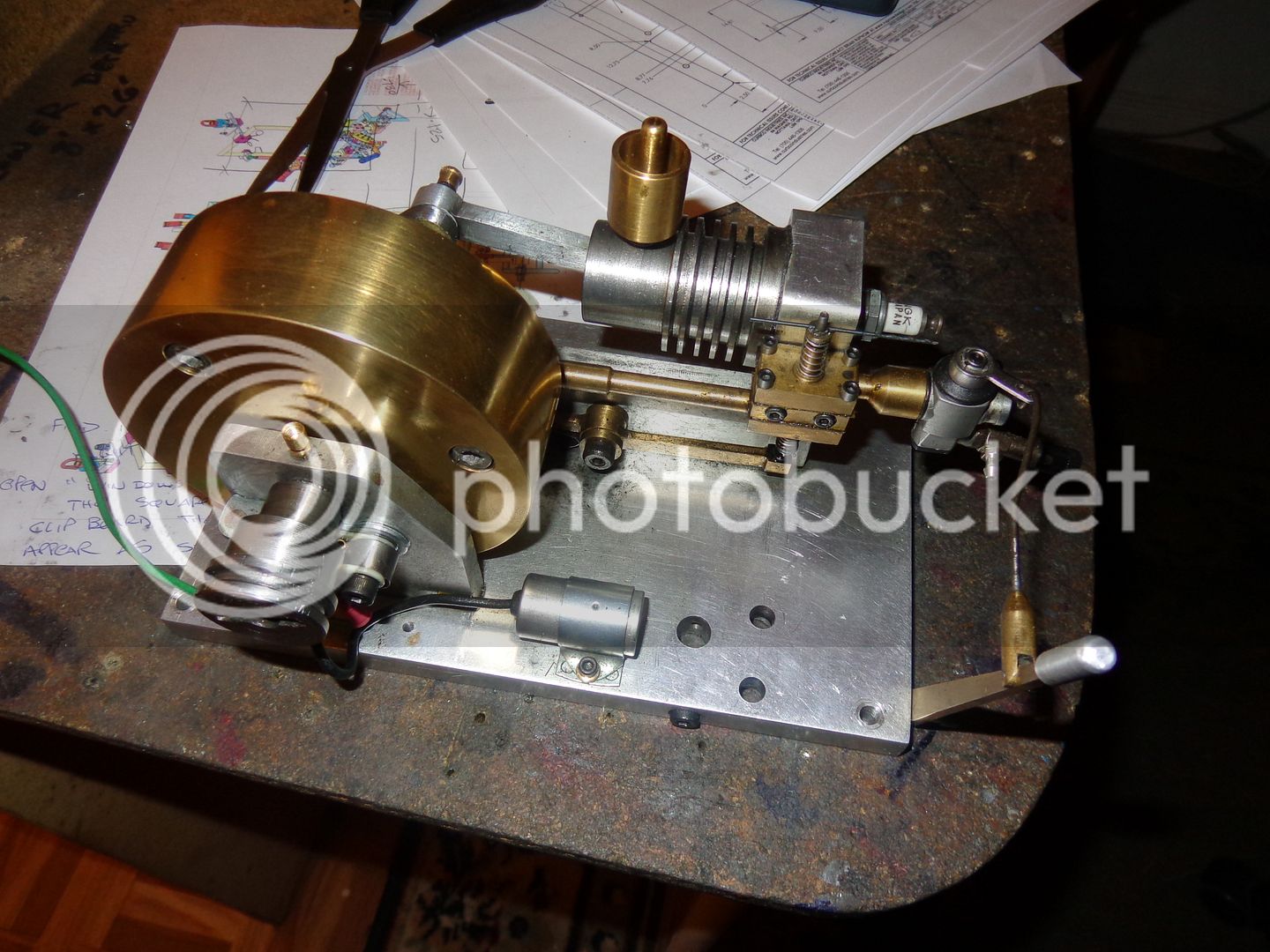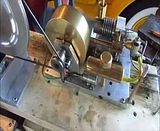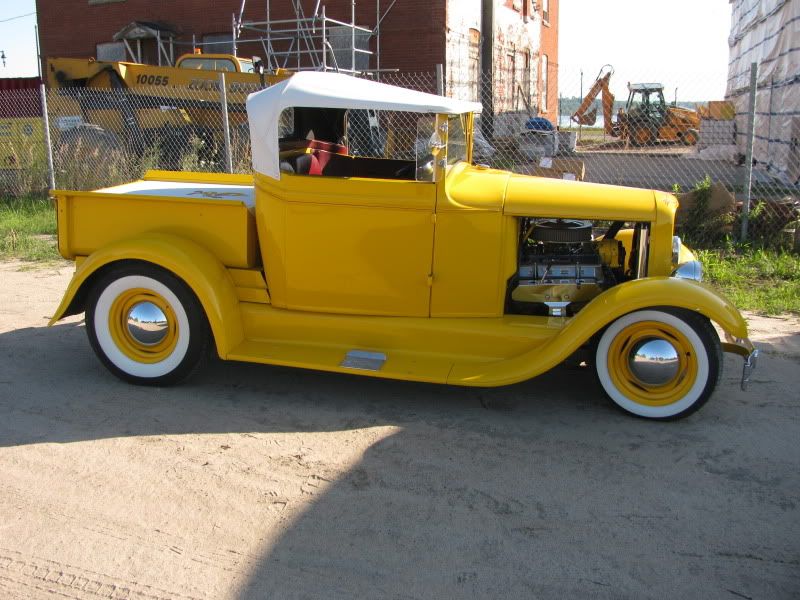This past weekend I decided to fire up my fat flywheeled Webster that I built a few years ago. I tried EVERYTHING that I know how to do to get it started (And thats quite a fair bit), but there was no way it would run. I checked the coil---I checked the points---I checked the battery---I checked the sparkplug---I twiddled (Yes, a highly technical term) the carburetor seven ways from Sunday. Finally I gave up, figuring that the model engine Gods hated me. That was the only reason I could come up with. Tonight I reluctantly took another look at it. Hey---Son of a gun---When I stopped cranking it with my electric drill, the crankshaft stopped.---But the flywheel kept on going. Somehow, that .093" dowel pin that holds the flywheel in place has sheared in two places--and the timing gear is attached to the side of the flywheel. The probability of getting everything lined up to the point where I can drive that dowel pin thru and out is slim to none. I think that engine will go back up on the shelf for the foreseeable future, or until I have an epiphany about how to get the dowel pin out.






































































